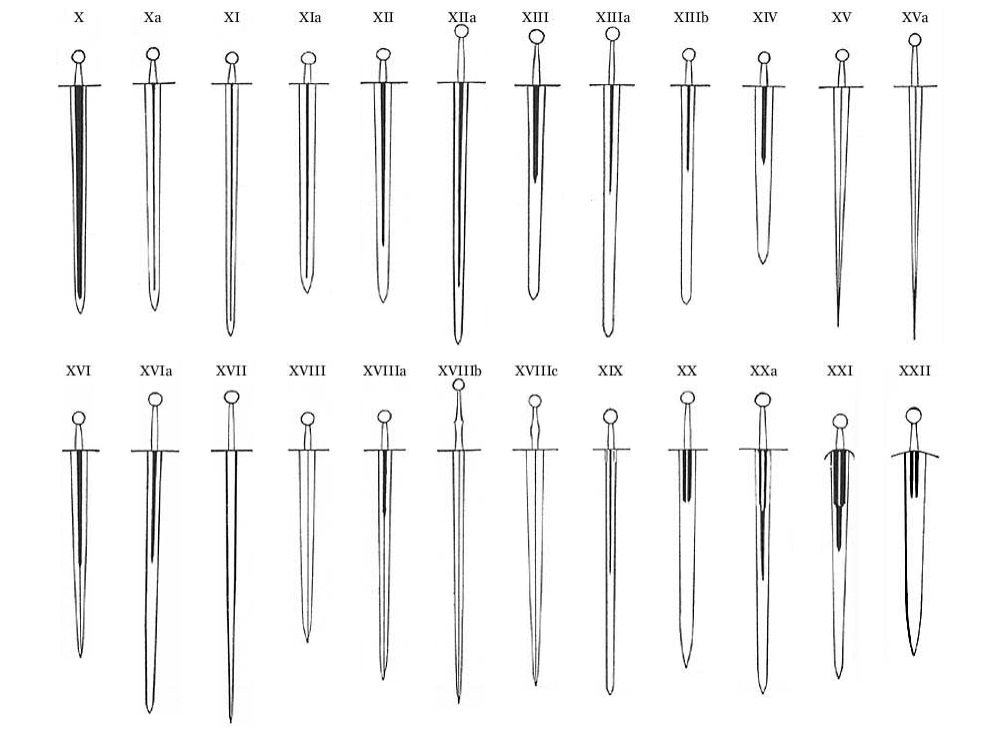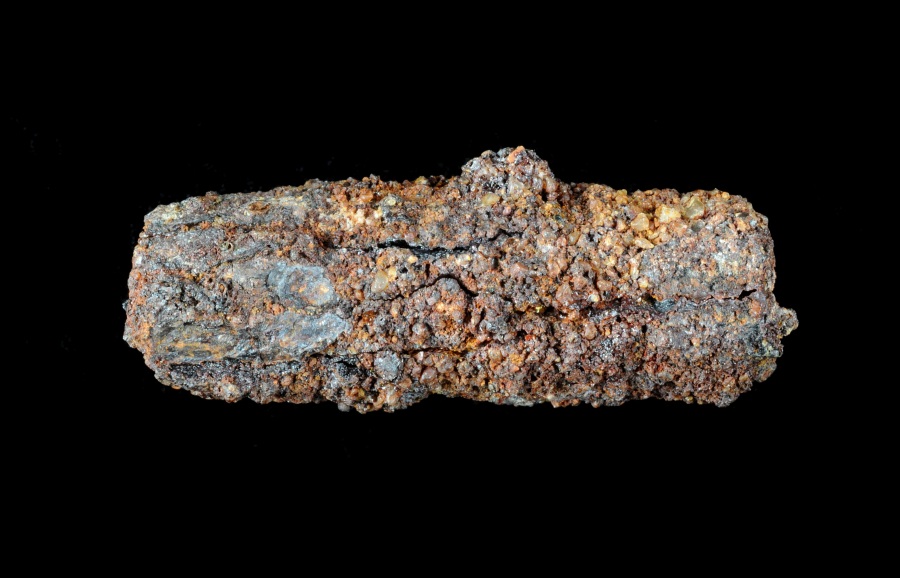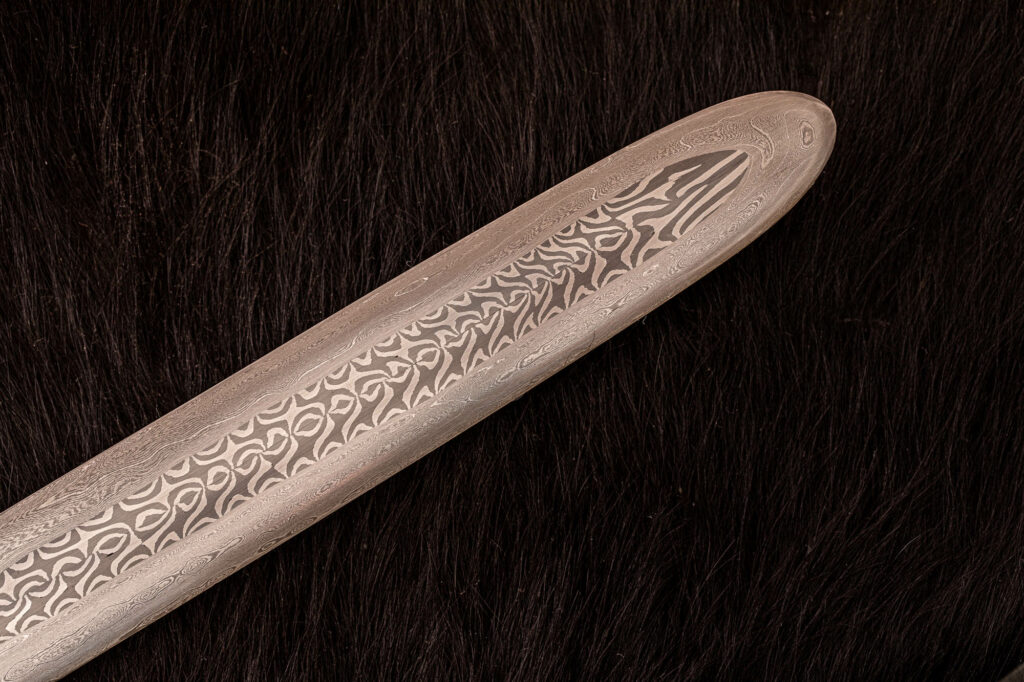
One Norse tale tells how a Viking warlord would test the keenness of his sword by slicing through the neck of a nearby slave. If the slave’s head fell from his body, then the blade was not sharp enough. Only when the head remained in place, balanced upon the now severed neck, would he judge the sword properly sharp.
If this seems unlikely, one of the bodies excavated from the Bowl Hole cemetery at Bamburgh revealed a man who had been killed by a sword cut that had struck him on the shoulder, passed diagonally down through his body, severing his spine and several ribs, before reaching his waist. That’s how sharp some of these weapons were, and how lethally they could be wielded.



